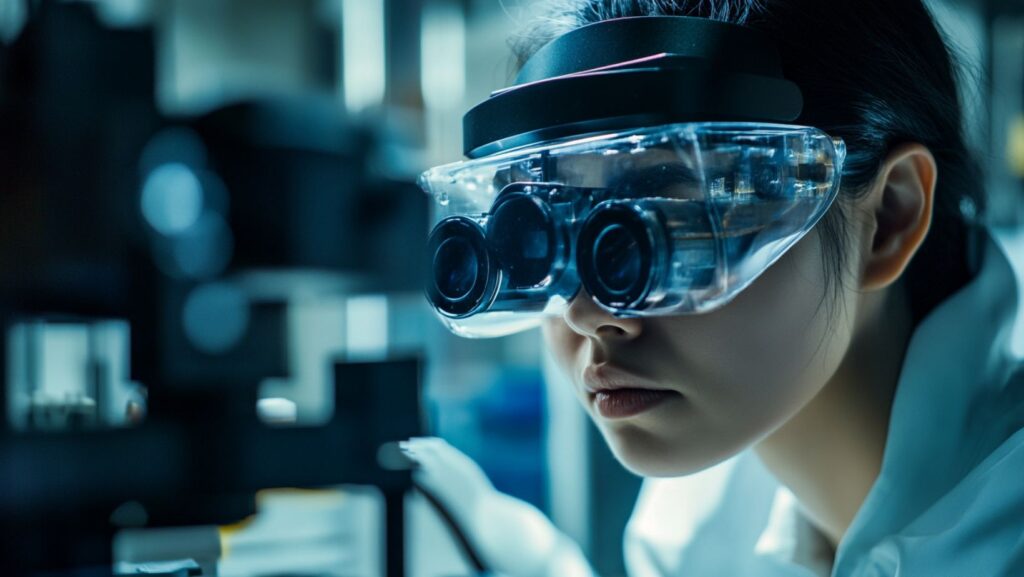
In the dynamic world of manufacturing and production, ensuring quality and efficiency is paramount. Vision inspection plays a crucial role in achieving these goals by automating the process of error identification and quality assurance. This article delves into what vision inspection entails, its importance, applications, and future prospects. Explore how this technology is reshaping industries, ensuring precision, and minimizing defects in various production lines. For a deeper understanding of vision inspection, you can read more about it through this vision inspection resource.
What Is Vision Inspection?
Vision inspection refers to the use of image-based automated recognition systems to perform inspections on manufactured products. It involves capturing images of objects using cameras and processing these images with computer algorithms to ensure the products meet pre-defined specifications. This technology is widely utilized for quality control, defect detection, and compliance verification across various industries, replacing traditional manual inspection processes.
The Importance of Vision Inspection in Modern Industries
The increasing demand for high-quality products compels industries to adopt robust inspection methods. Vision inspection systems offer several advantages, including:
- Higher Accuracy: Automated systems reduce human error, providing precise and consistent results.
- Speed and Efficiency: As these systems operate at high speeds, they significantly enhance production efficiency.
- Cost-effectiveness: By identifying defects early, vision inspection minimizes waste and reduces the costs associated with rework and recalls.
- Comprehensive Documentation: These systems can archive visual records for future analysis, aiding compliance with regulatory standards.
Applications of Vision Inspection
Vision inspection is utilized in various sectors, each benefiting uniquely from this versatile technology. Some common applications include:
Manufacturing
In manufacturing, vision inspection systems are employed to check dimensions, surface defects, and assembly correctness. They ensure that components and assemblies align with specifications, minimizing the risk of faulty products reaching customers.

Pharmaceuticals
In the pharmaceutical industry, vision inspection ensures proper packaging, labeling, and absence of contaminants in medical products. This is crucial for maintaining safety standards and regulatory compliance.
Electronics
Electronics manufacturers use vision inspection to conduct checks on circuit boards and assemblies, ensuring connections are made correctly and components are placed accurately.
Food and Beverage
Vision inspection systems verify product integrity, packaging, and labeling in the food and beverage industry, ensuring that consumables are safe and correctly branded.
The Future of Vision Inspection
The continuous advancement in machine learning and artificial intelligence is paving the way for more sophisticated vision inspection systems. Future systems are expected to offer even greater precision and adaptability, with capabilities like self-learning from captured data and predicting potential failures before they occur.
Furthermore, the integration of cloud technologies will allow these systems to process vast amounts of data in real time, enabling global access and management. As industries continue to innovate, vision inspection will undoubtedly remain a cornerstone in ensuring quality and efficiency in production processes worldwide.
Conclusion
Vision inspection stands as a cornerstone of modern quality control across various industries, substantially improving accuracy, efficiency, and cost-effectiveness. As technology advances, the capabilities of vision inspection systems will continue to expand, offering even more robust solutions to complex production challenges.

By investing in these systems, businesses are not only safeguarding their quality standards but also paving the way for more sustainable and efficient operational models. With a mix of current applications and future potential, vision inspection is undeniably a key tool in today’s industrial landscape.



